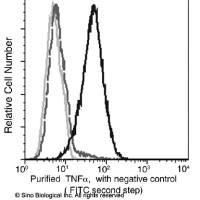From Drugs of Abuse to Parkinsonism: The MPTP Mouse Model of Parkinsons Disease
互联网
522
It began with a single case of drug abuse in Maryland (1 ), followed by four reported cases in California (2 ) in which young heroin addicts self-injected homemade “synthetic heroin” analogs contaminated with an impure chemical byproduct, 1-methyl-4-phenyl-1,2,3,6-tetrahydroperidine (MPTP), and consequently they developed severe Parkinson-like syndrome. These cases were considered extremely unusual, as Parkinson’s disease (PD) is a slow, progressive, neurodegenerative disorder normally affecting older patients, with the age at onset for the majority during the 60s. It was quickly determined that MPTP is a potent neurotoxic agent that selectively destroys the central dopaminergic neurons, creates a deficit in dopamine transmission, and results in neurological symptoms indistinguishable from those of classical PD. Idiopathic PD patients and MPTP-intoxicated individuals all exhibit the cardinal signs of bradykinesia, rigidity, resting tremor, and gait disturbance (3 ,4 ). With such an important discovery, MPTP has been widely used in various types of in vitro and in vivo models for elucidating possible pathophysiological mechanisms and for exploring new therapeutic and neuroprotective approaches hoping to slow the disease process and/or reverse the debilitating symptomology of the disease. A recent survey of Medlines showed that publications involving MPTP research have steadily increased since 1983 (Fig. 1 ).
Fig. 1. Cumulative number of publications on MPTP studies since 1983. Source : Medlines.








